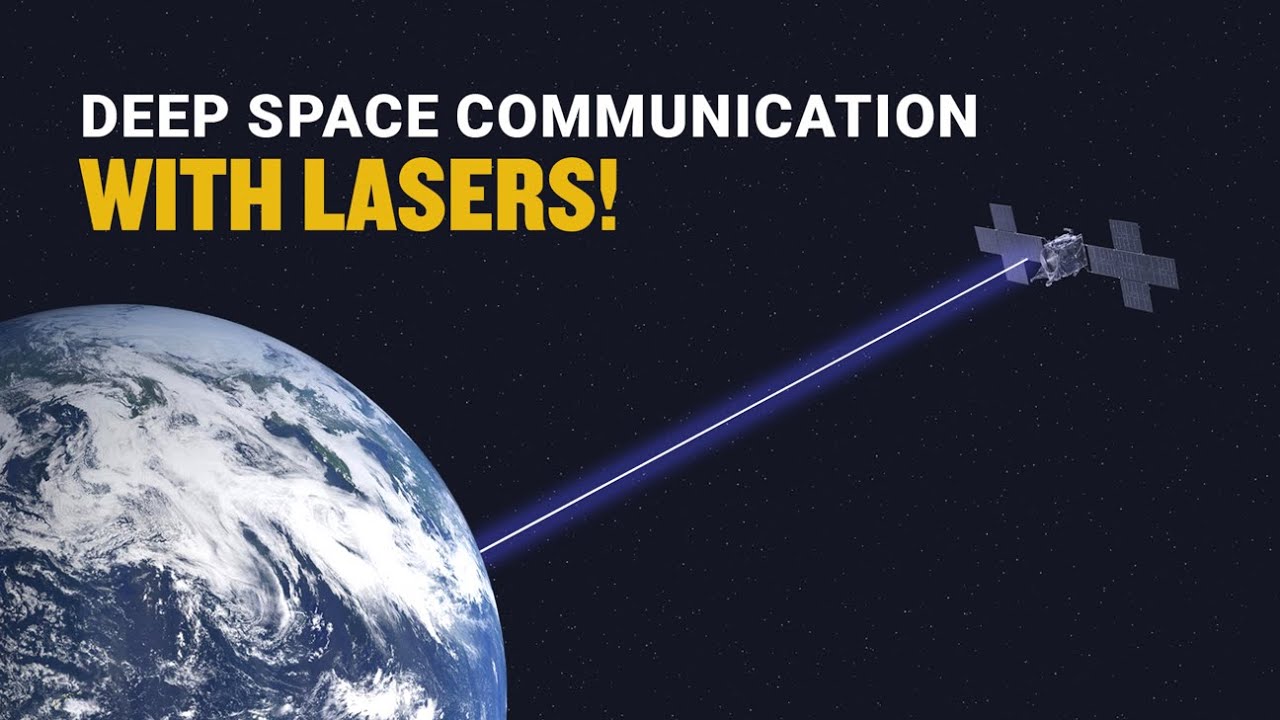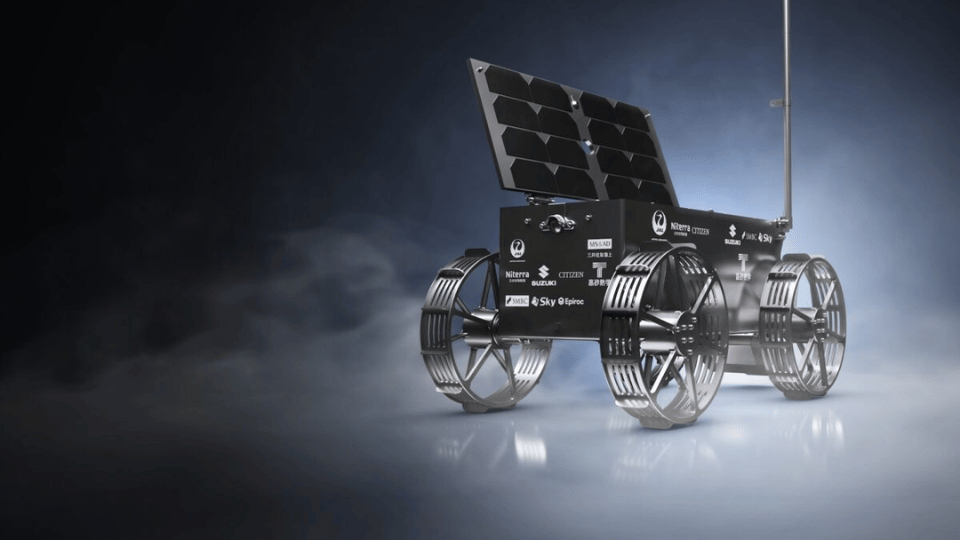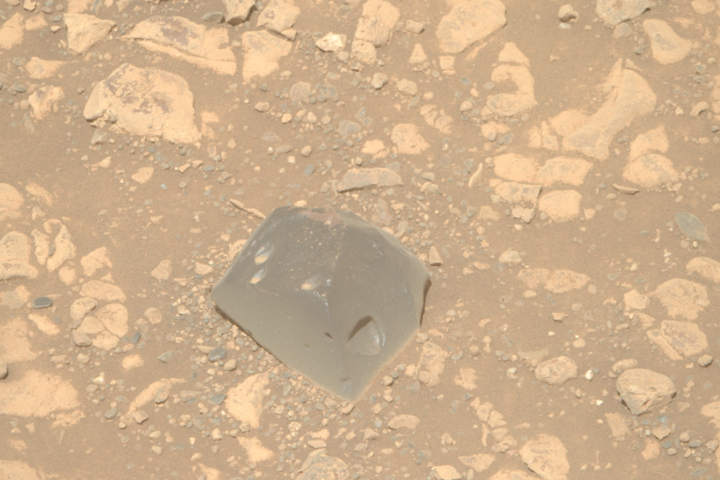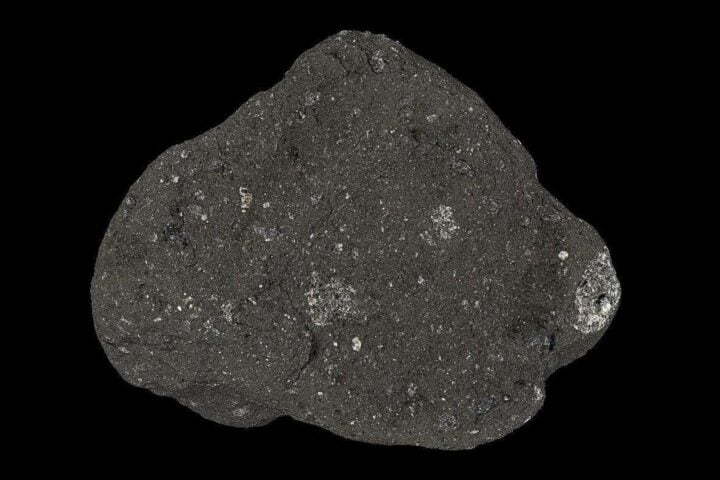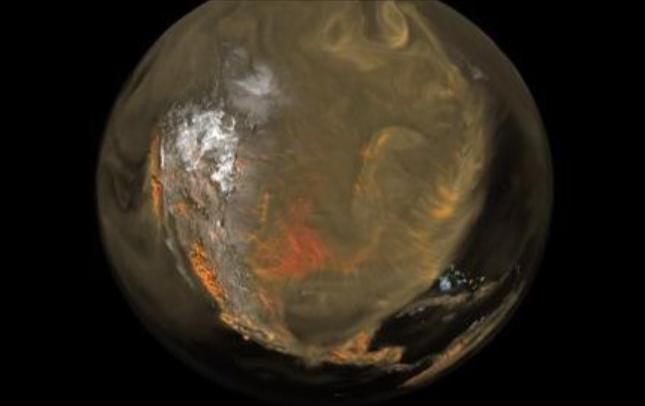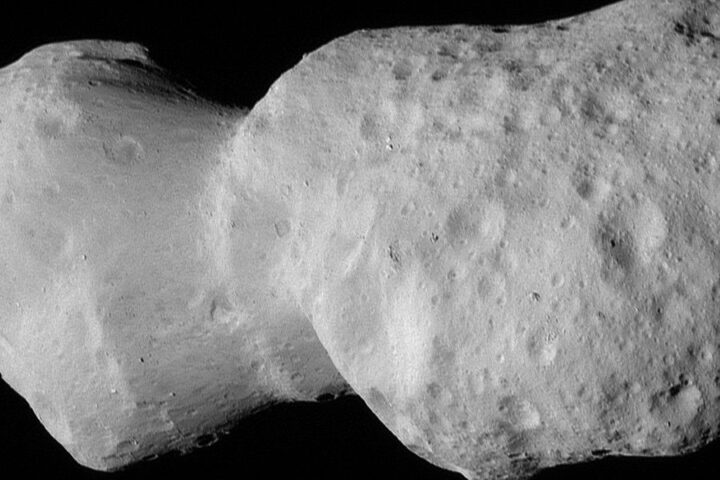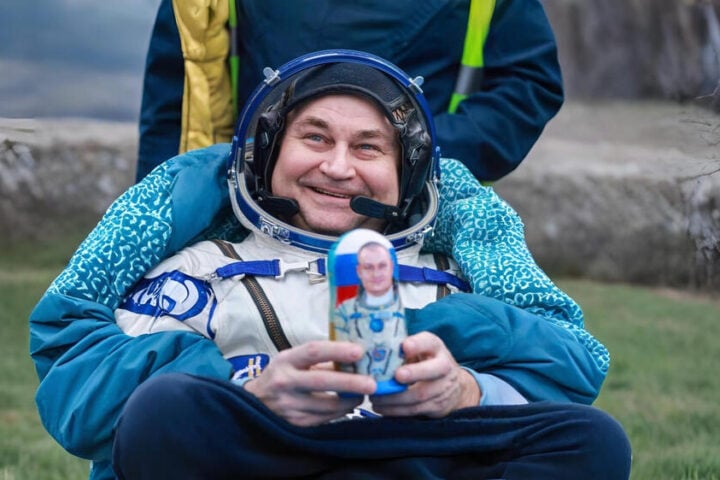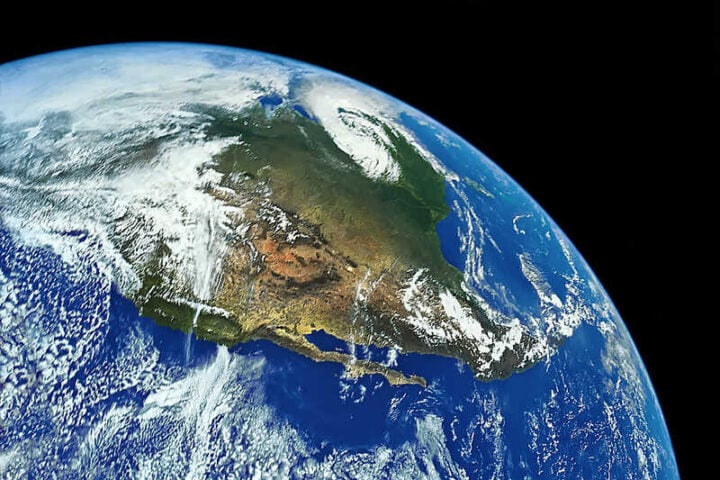DSOC, an experiment that could transform how spacecraft communicate, has achieved ‘first light,’ sending data via laser to and from far beyond the Moon for the first time. NASA’s DSOC experiment has beamed a near-infrared laser encoded with test data from nearly 10 million miles (16 million kilometers) away – about 40 times farther than the Moon is from Earth – to the Hale Telescope at Caltech’s Palomar Observatory in San Diego County, California. This is the farthest-ever demonstration of optical communications.
Psyche Spacecraft and DSOC:
DSOC, riding aboard the recently launched Psyche spacecraft, is configured to send high-bandwidth test data to Earth during its two-year technology demonstration as Psyche travels to the main asteroid belt between Mars and Jupiter. NASA’s Jet Propulsion Laboratory in Southern California manages both DSOC and Psyche.
‘First Light’ Achievement:
The tech demo achieved ‘first light’ in the early hours of November 14, after its flight laser transceiver – a cutting-edge instrument aboard Psyche capable of sending and receiving near-infrared signals – locked onto a powerful uplink laser beacon transmitted from the Optical Communications Telescope Laboratory at JPL’s Table Mountain Facility near Wrightwood, California. The uplink beacon helped the transceiver aim its downlink laser back to Palomar (which is 100 miles, or 130 kilometers, south of Table Mountain) while automated systems on the transceiver and ground stations fine-tuned its pointing.
Impact and Future Milestones:
“Achieving first light is one of many critical DSOC milestones in the coming months, paving the way toward higher data-rate communications capable of sending scientific information, high-definition imagery, and streaming video in support of humanity’s next giant leap: sending humans to Mars,” said Trudy Kores, director of Technology Demonstrations at NASA Headquarters in Washington, DC (District of Columbia). Test data also was sent simultaneously via the uplink and downlink lasers, a procedure known as ‘closing the link,’ which is a primary objective for the experiment.
Similar Posts
Ongoing Development and Goals:
While the technology demonstration isn’t transmitting Psyche mission data, it works closely with the Psyche mission-support team to ensure DSOC operations don’t interfere with those of the spacecraft. With the successful first light, the DSOC team will now work on refining the systems that control the pointing of the downlink laser aboard the transceiver. The DSOC experiment aims to demonstrate data transmission rates 10 to 100 times greater than the state-of-the-art radio frequency systems used by spacecraft today.
Comments from NASA Officials:
Dr. Jason Mitchell, director of the Advanced Communications & Navigation Technology Division within NASA’s Space Communications & Navigation (SCAN) program, said, “Optical communications is a boon for scientists and researchers who always want more from their space missions, and will enable human exploration of deep space. More data means more discoveries.” DSOC is the latest in a series of optical communication demonstrations funded by NASA’s Space Technology Mission Directorate and the Space Communications & Navigation (SCAN) program within the agency’s Space Operations Mission Directorate.
Psyche Mission Overview:
The Psyche mission is led by Arizona State University. JPL is responsible for the mission’s overall management, system engineering, integration and test, and mission operations. Psyche is the 14th mission selected as part of NASA’s Discovery Program under the Science Mission Directorate, managed by the agency’s Marshall Space Flight Center in Huntsville, Alabama. NASA’s Launch Services Program, based at the Agency’s Kennedy Space Center, managed the launch service. Maxar Technologies in Palo Alto, California, provided the high-power solar electric propulsion spacecraft chassis.
